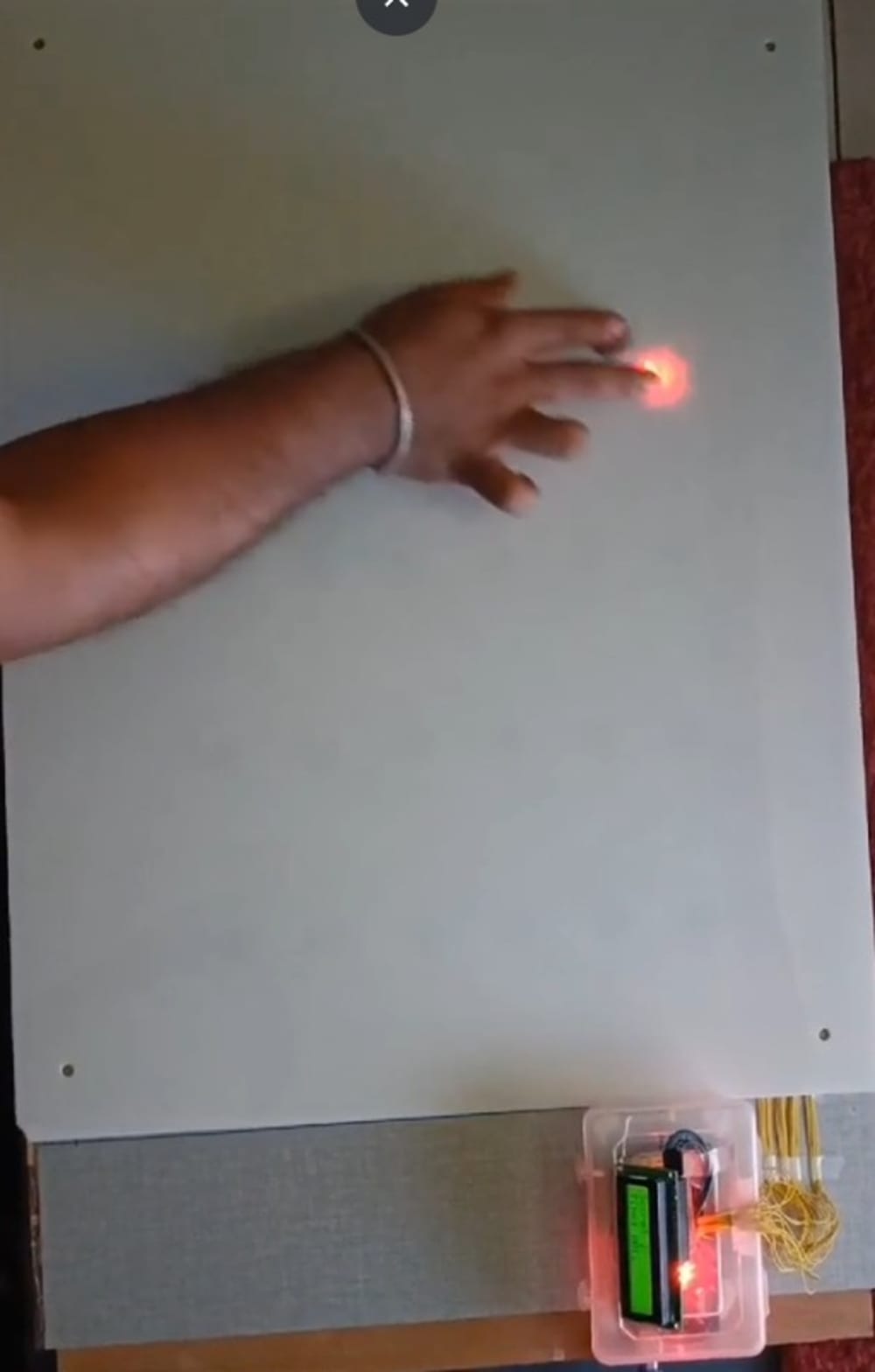The Neuro-Reactive Training Module is an AI system built for the rehabilitation and improvement or recovery of cognitive and physical function in patients with neurological damage resulting from conditions such as stroke, traumatic brain injury, and disease. It works by applying real-time visual stimuli and reactive feedback training with the ultimate objective of enhancing neuroplasticity, reaction time, and coordination to much higher levels in patients undergoing therapy.
Neurological injuries often lead to chronic impairment of a person's physical and cognitive abilities. Conventional physiotherapy goes a long way in assisting motor recovery, which is the patient's effort, but often does not have real-time adaptive feedback and cognitive integration. The gap between the two is met by the Neuro-Reactive Training Module, which includes multi-sensory LED visual prompts, input interaction (buttons or motion sensors), and the generation of patterns by AI for a more engaging form of personalized rehabilitation.
It generally consists of a matrix of multiple colored lights which are assembled in an easy way for the end-user. These flash in no preset order or in orders that the person must then react to based on color, flash rate, or pattern; that helps the way they perceive things, their hand-and-eye coordination, and reflexes. It observes how correct the user’s actions are and the time taken to react and feeds this into a simple computer program that slowly modulates the level of difficulty as the user improves or begins to fatigue.
The device is meant to be in portable form, simple to use, and easy to adapt for different types of therapy for the legs, for the upper limbs, or even for enhancing fine motor skills. It may be fixed on the wall, on the table, or joined with walking frames or wheelchairs. A graphical user interface sets therapy routines and allows the physiotherapists or caregivers to use it easily to view progress or log patient improvement over time.
One major characteristic of this module is in its accessibility. It does not require any advanced infrastructure at the hospital, or for the setup to be done by an expert. It is cheap, easily expanded, and meant for clinical as well as at-home use, which allows therapy to continue and progress to be checked. This is setting a good pace with remote trends in healthcare and models for care after the patient has been discharged.
It is not into the advanced development of the project right now. The design schematics, component selection, and software architecture have already been completed. The pretty strong concept, with real-world applicability and scalability of the solution, places this innovation as a strong contender in the medical rehabilitation landscape.
The Neuro-Reactive Training Module combines medical need with tech readiness for the growing global want in the area of good neuro-rehabilitation needs. This puts it within the newest, most up-to-date tools for physiotherapy, although redefinition of post-injury recovery mode is also doable through its AI modularity and adaptability.
Like this entry?
-
About the Entrant
- Name:Durga Ramprasad Tula
- Type of entry:individual
- Software used for this entry:yes
- Patent status:none


